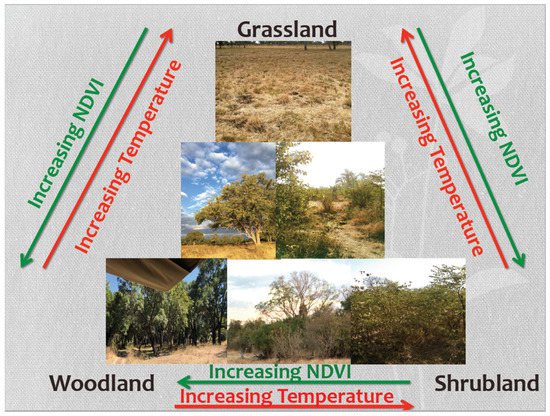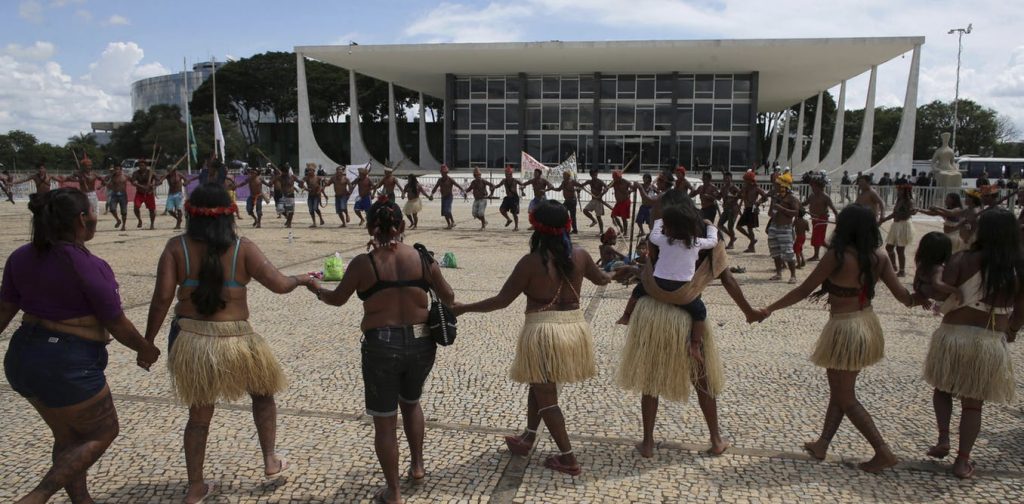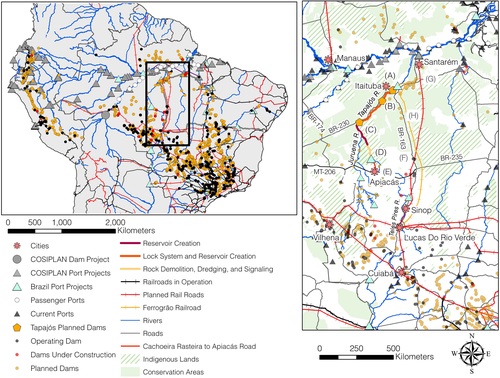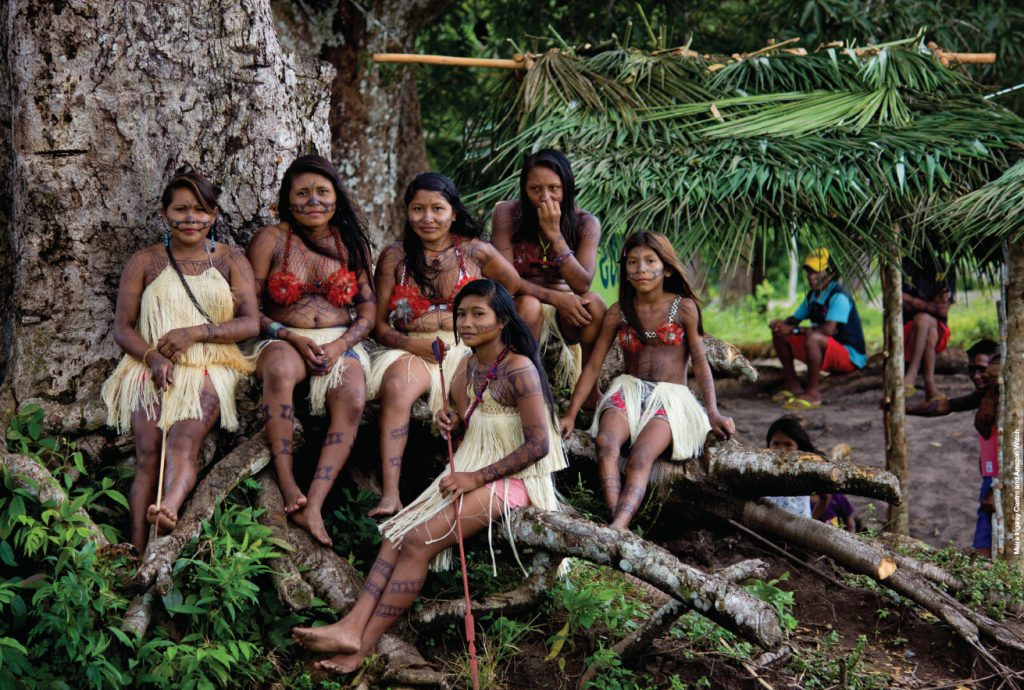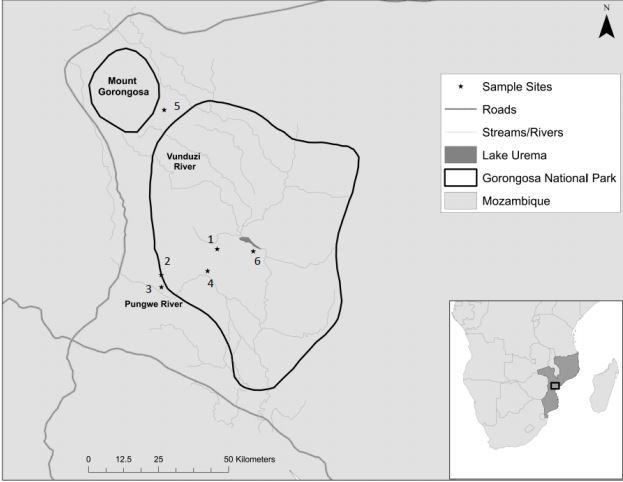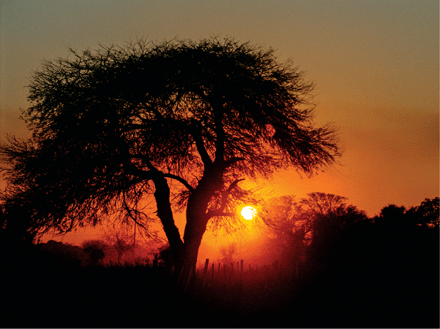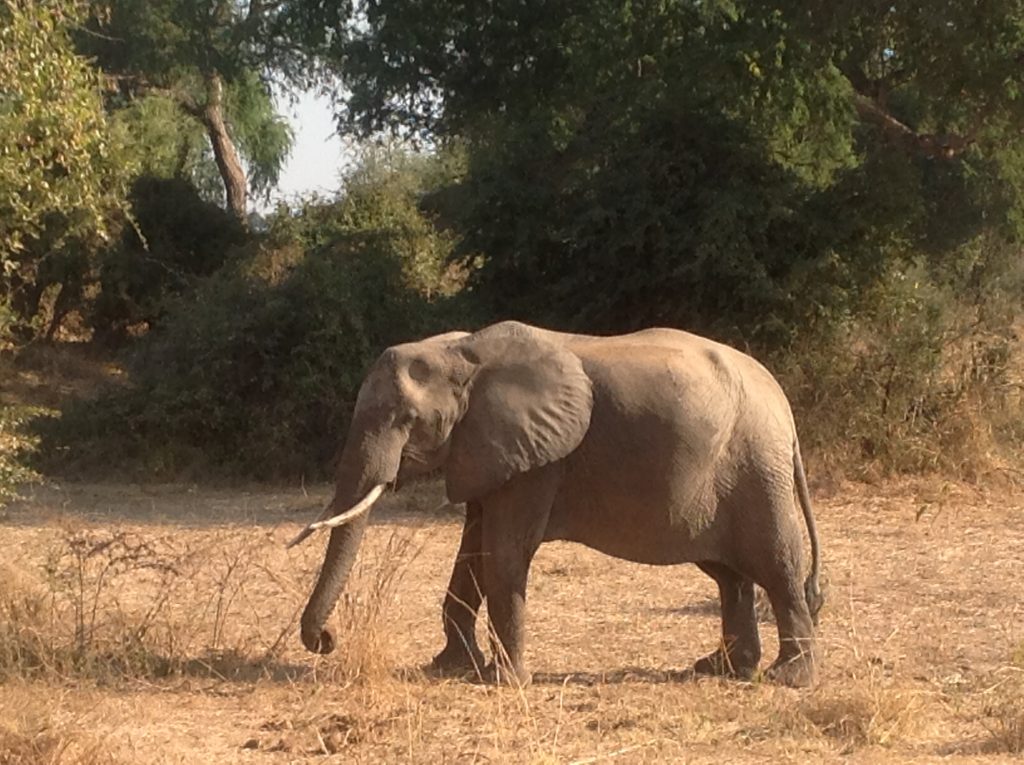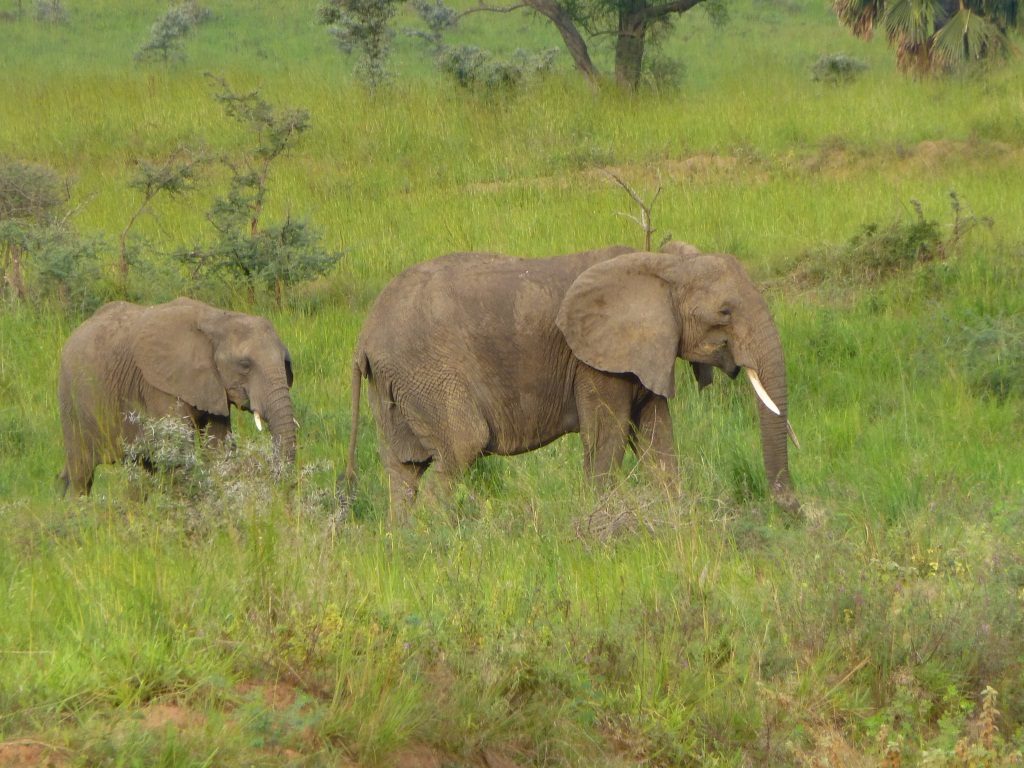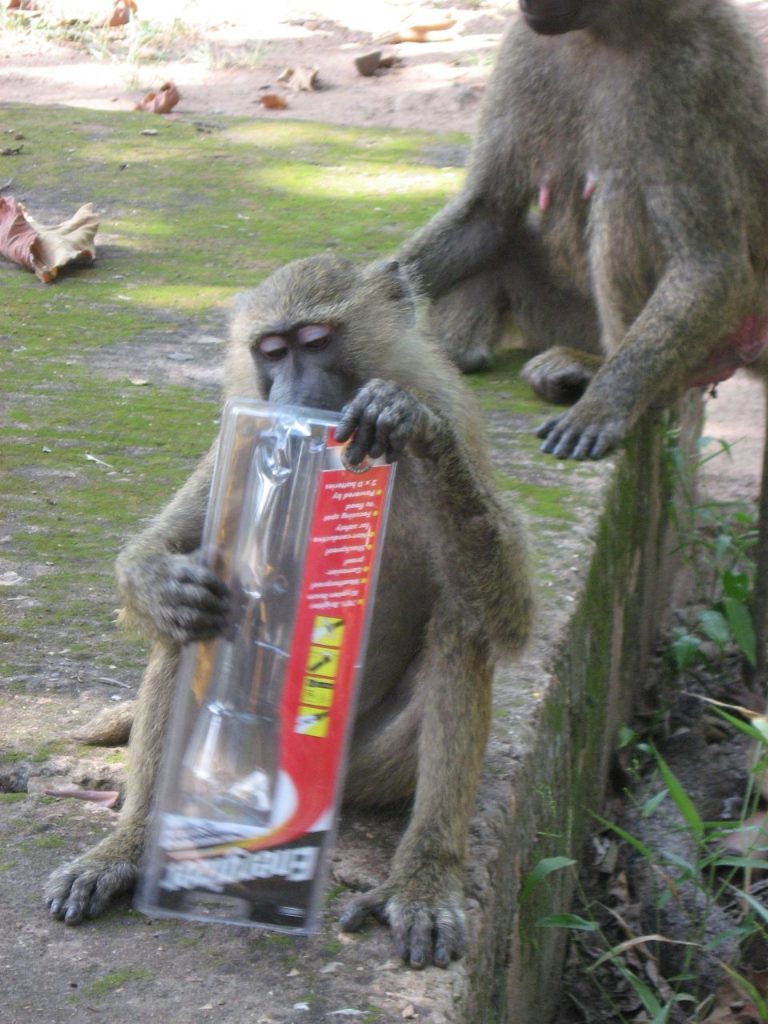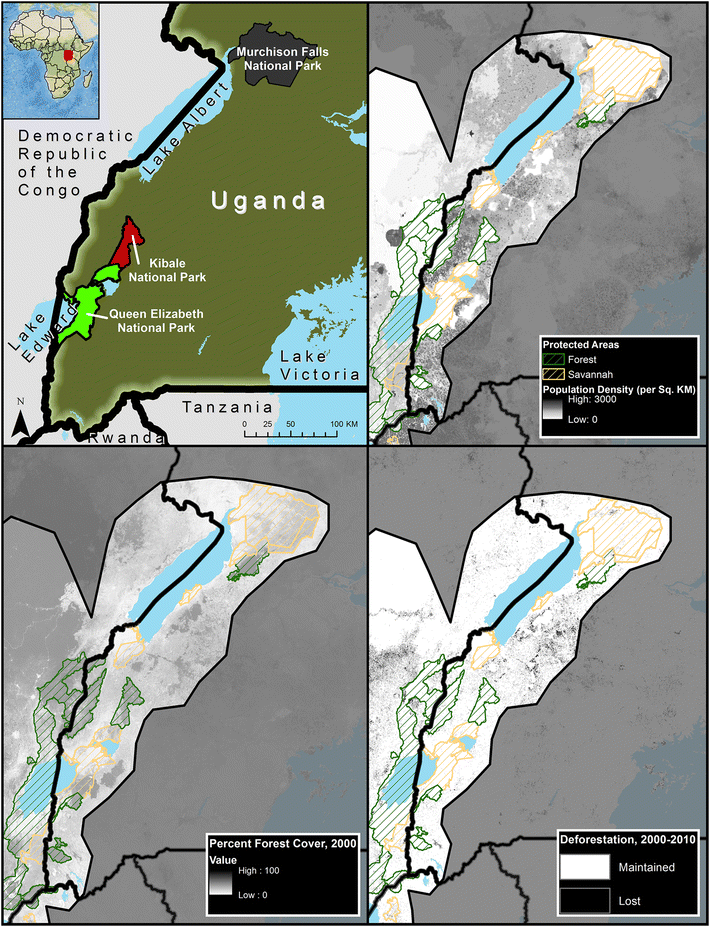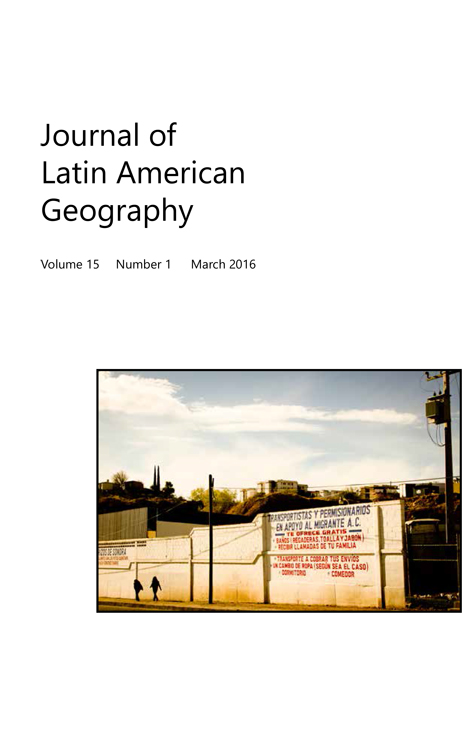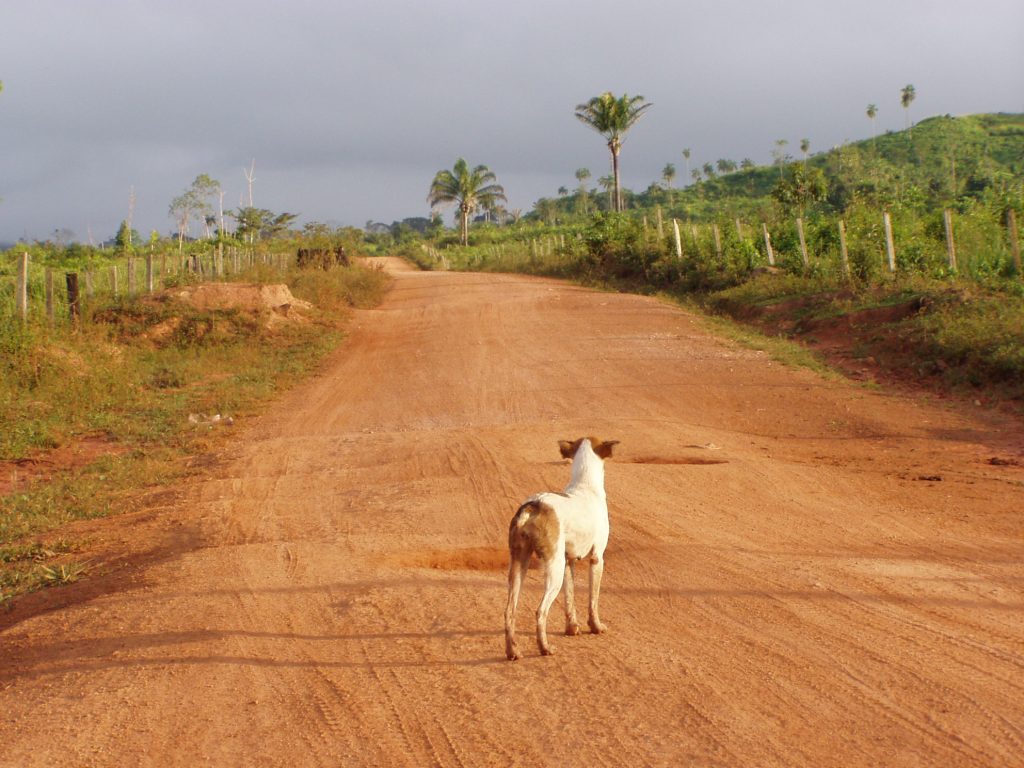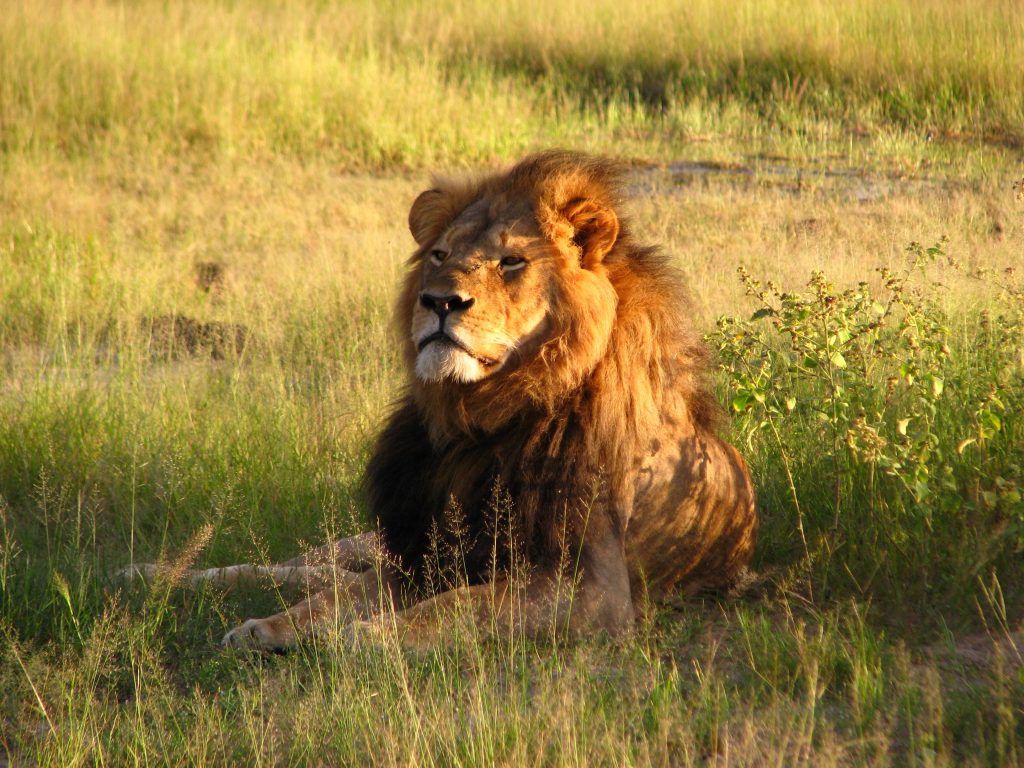Tales from local scales: life on the landscape after conservation decisions
Dr. Sadie Ryan Associate Professor Department of Geography University of Florida Thursday, February 8, 2024 3:00-3:50 PM (Period 8) Recorded for YouTube Turlington Hall 3018 and Zoom University of Florida Abstract: From restoration of vernal pool habitat, to the struggle for oil in a biodiversity hotspot, to measuring nutritional limits to herbivores in an iconic […]
Read more "Tales from local scales: life on the landscape after conservation decisions"
